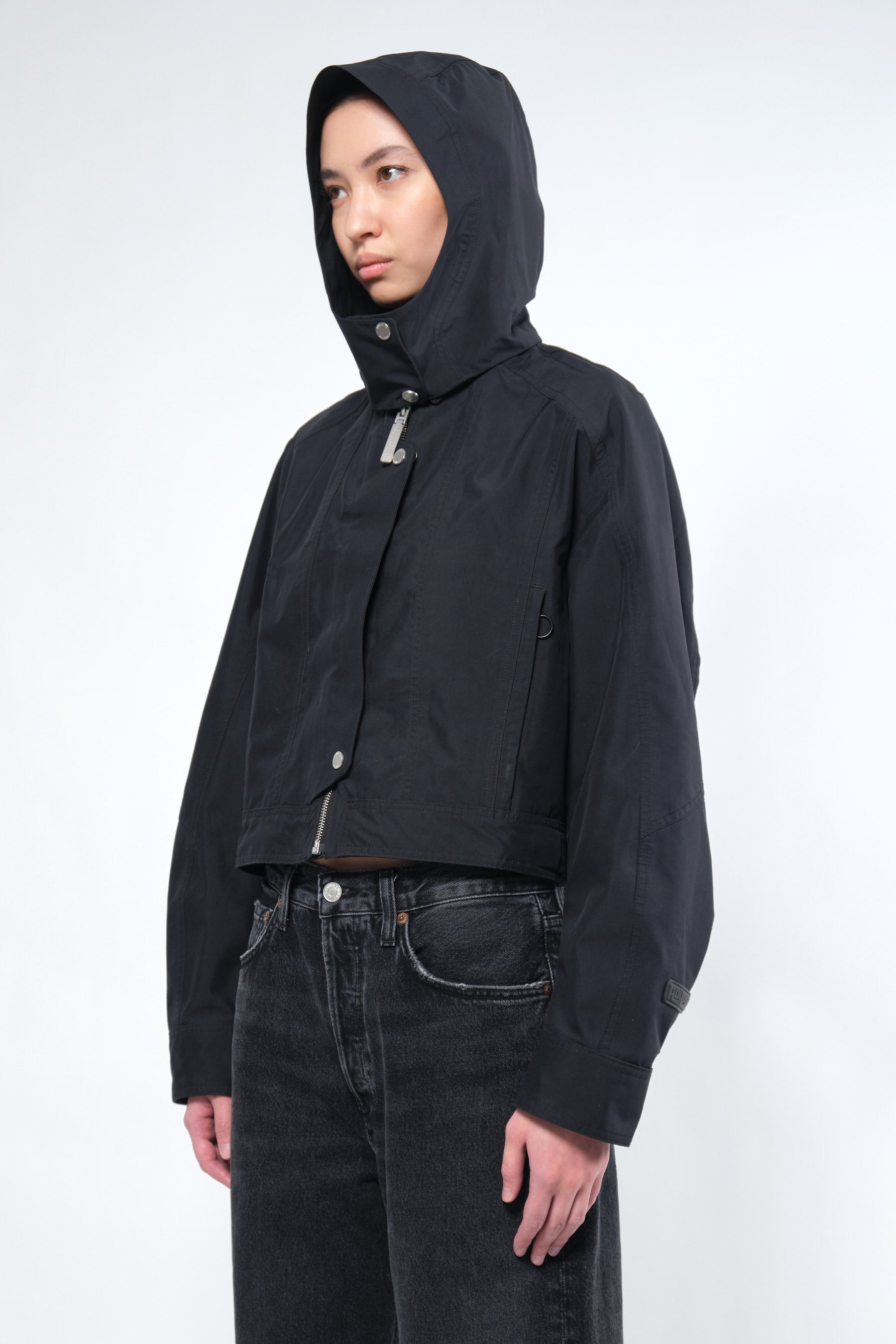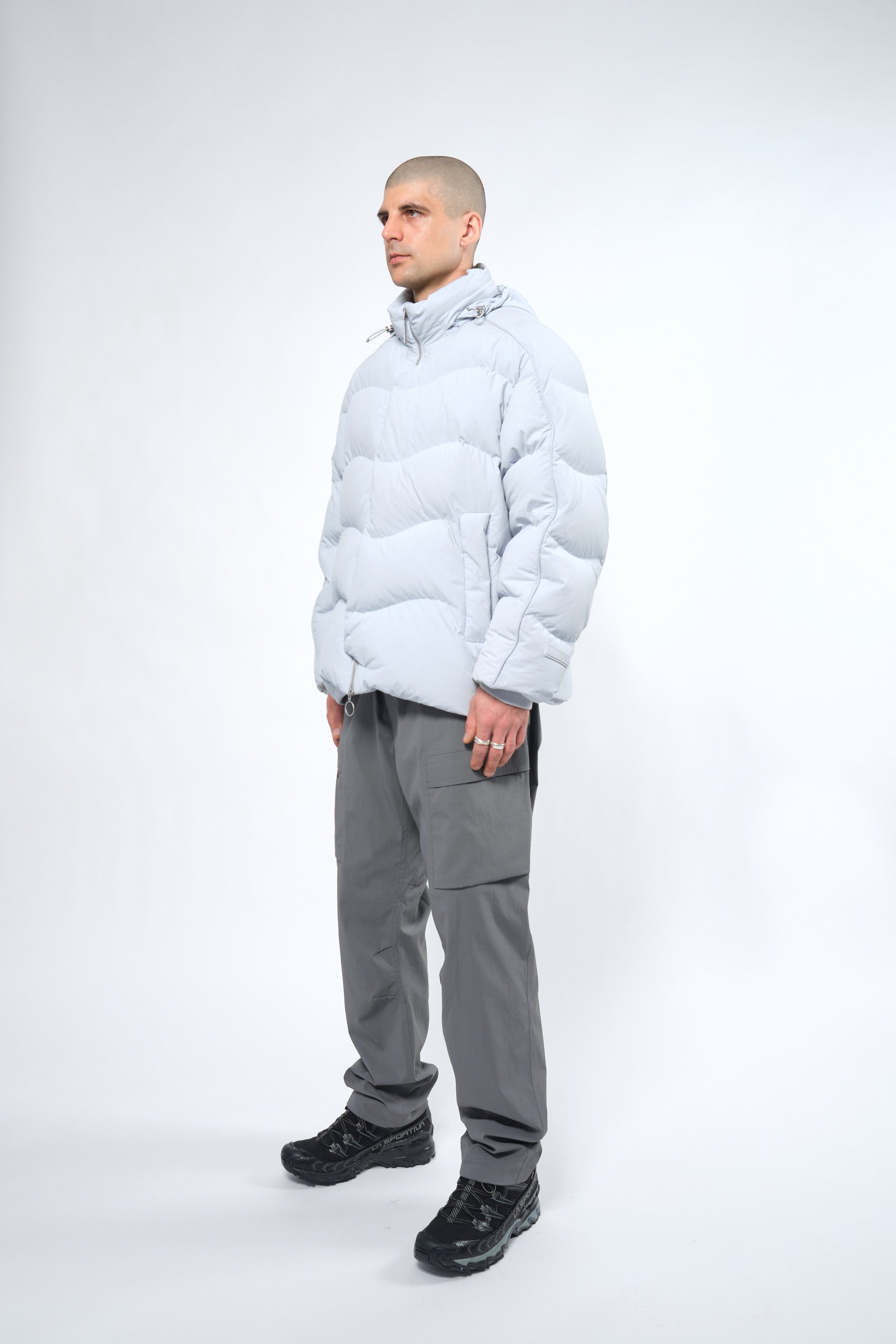It’s that time of the year again. It’s time to fish out the box of winter clothes you’ve kept hidden away in the back of your closet and go through your pile of jackets, thermals, gloves, and scarves, to look for that one puffer coat. Might as well put on your favourite christmas playlist while you’re at it.
It’s pretty tricky to “master” your winter layering techniques, but as the old Scandinavian saying goes, “there’s no such thing as bad weather, only bad clothes.” There might be ice building up on your window and the air may be feeling a little frosty, but if you layer your clothes properly, the brutal winters won’t have the slightest chance on you!
The basic formula for layering is as follows:
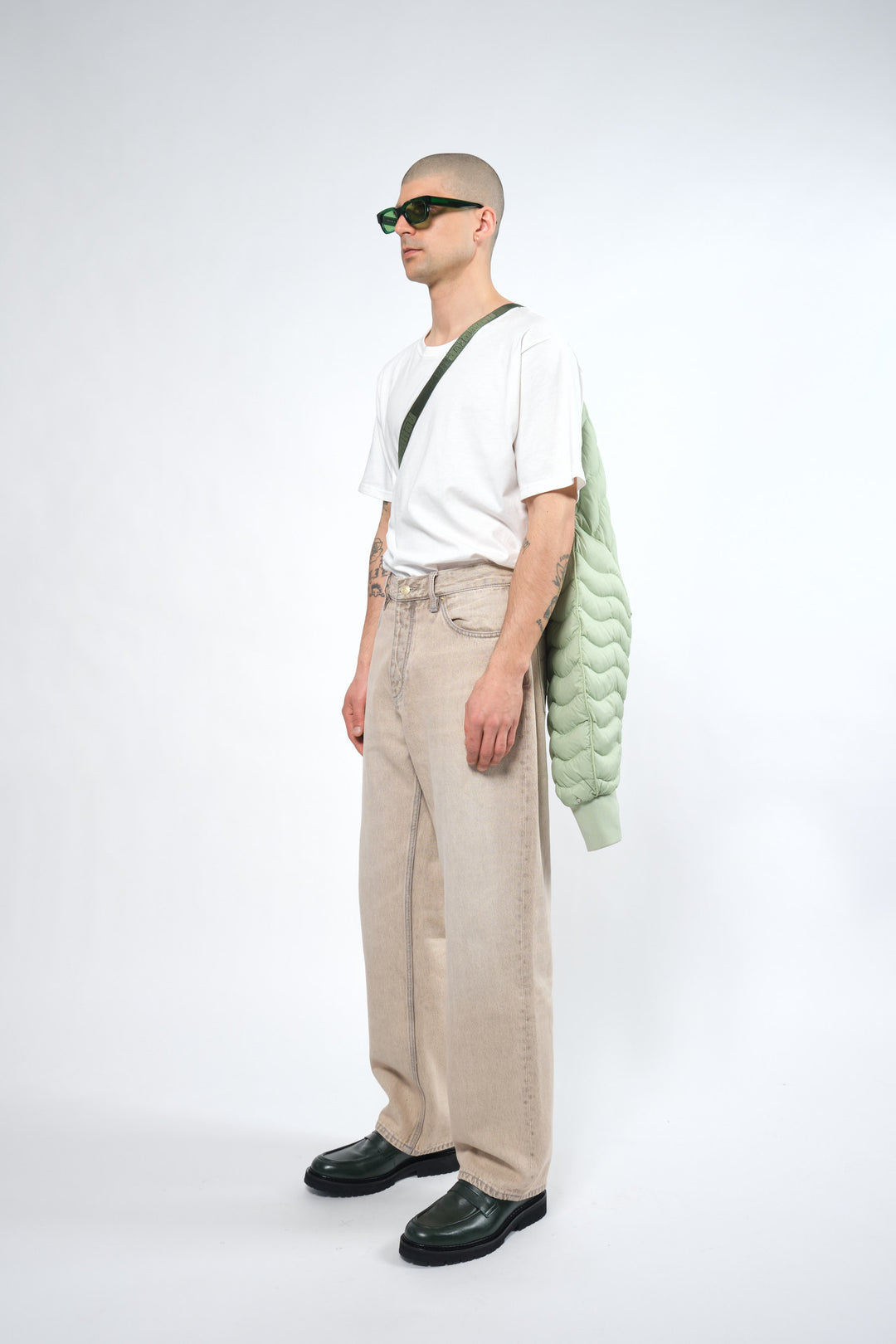
This is your next-to-skin layer for moisture management, aka “wicking.” It is usually recommended to go for synthetics like polyester and nylon, or natural fibres like merino wool and silk. The “wicking” factor is needed to keep your skin dry and comfortable.
Any summer shirt is really a base layer, but there are a lot of options in the market that are specially designed to battle those harsh winter days. Tip: avoid cotton as it sponges up water and can chill you down!
This is your insulating layer that helps retain your body heat. There are also various options and materials to choose from, depending on personal preference and how wet/cold it is.
Down jackets are a great option as it offers more warmth for its weight than any other insulating material, and it pairs functionally inside a shell material.
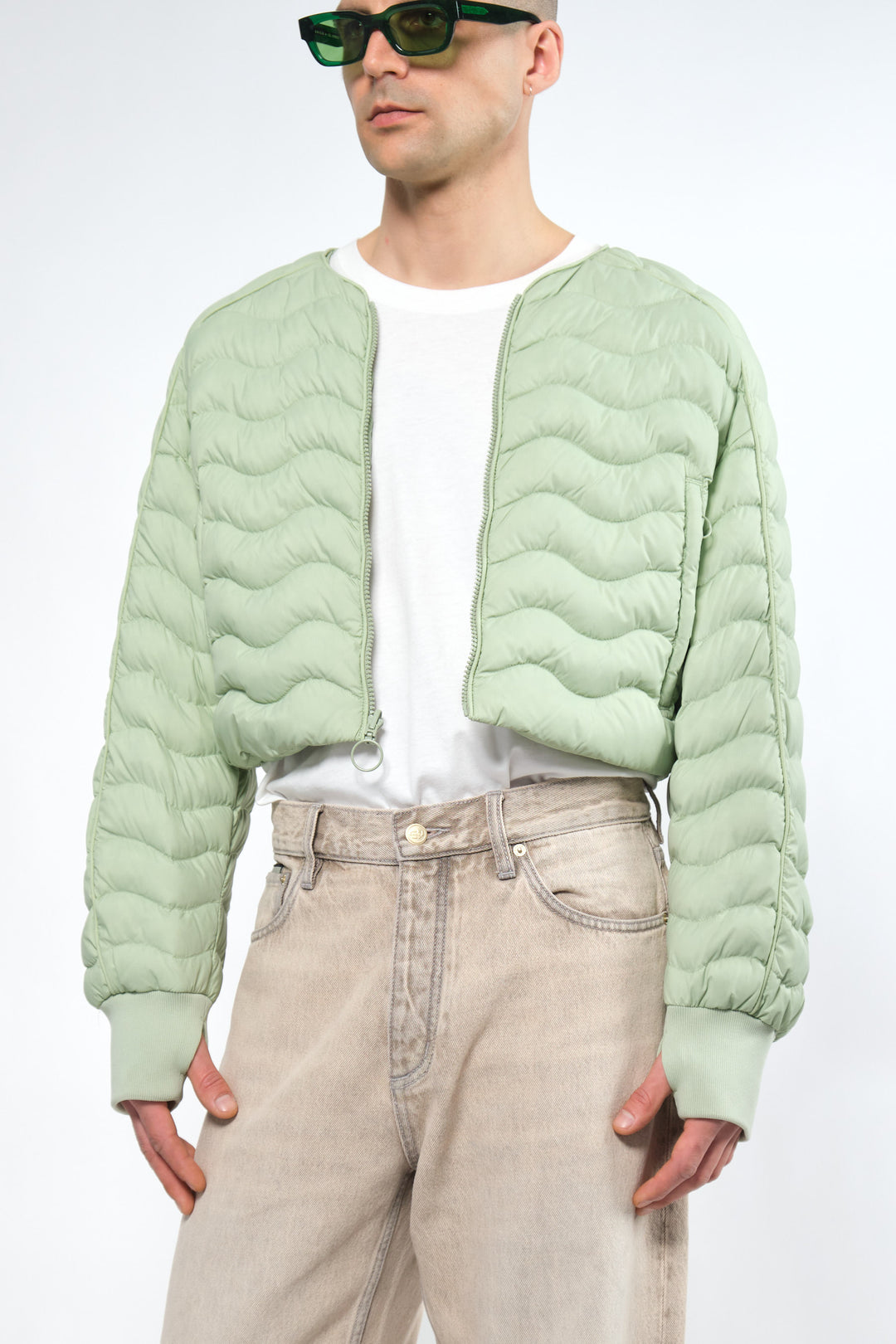
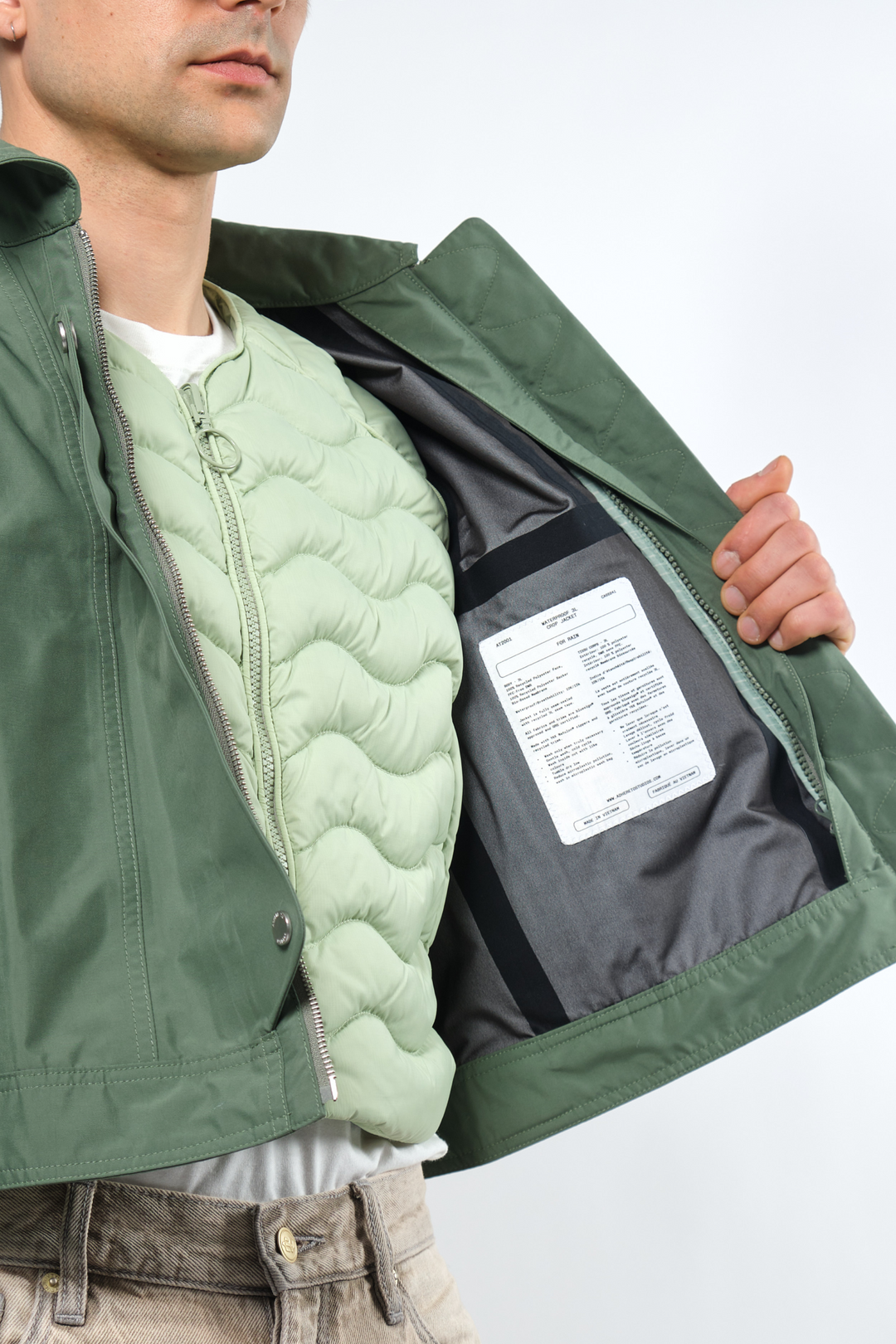
This is your shell layer that, just like its name entails, shields you from wind, rain, and snow. This is an important component as it is often designed to be waterproof or water repellent, so that water cannot penetrate into your inner layers.
Consider a 3L waterproof jacket for rainy days, usually made of a bonded waterproof and breathable fabric and seam-sealed. For harsh winter days, opt for a reliable down puffer jacket to keep you protected from the strong winds and snow.
Sometimes, over-layering might leave you feeling a little bulky. For days when you want that little extra warmth but could not be bothered to put on another jacket, opt for an accessory like a puffer scarf or vest. Accessories play a crucial role in keeping you warm and adding that touch of flair to your winter ensemble. Designed to be a functional substitute or add-on piece for the puffer coat, an accessory made of the same insulation and down materials is the optimal answer to frigid weather. Not to mention, winter accessories are definitely making a comeback this season.
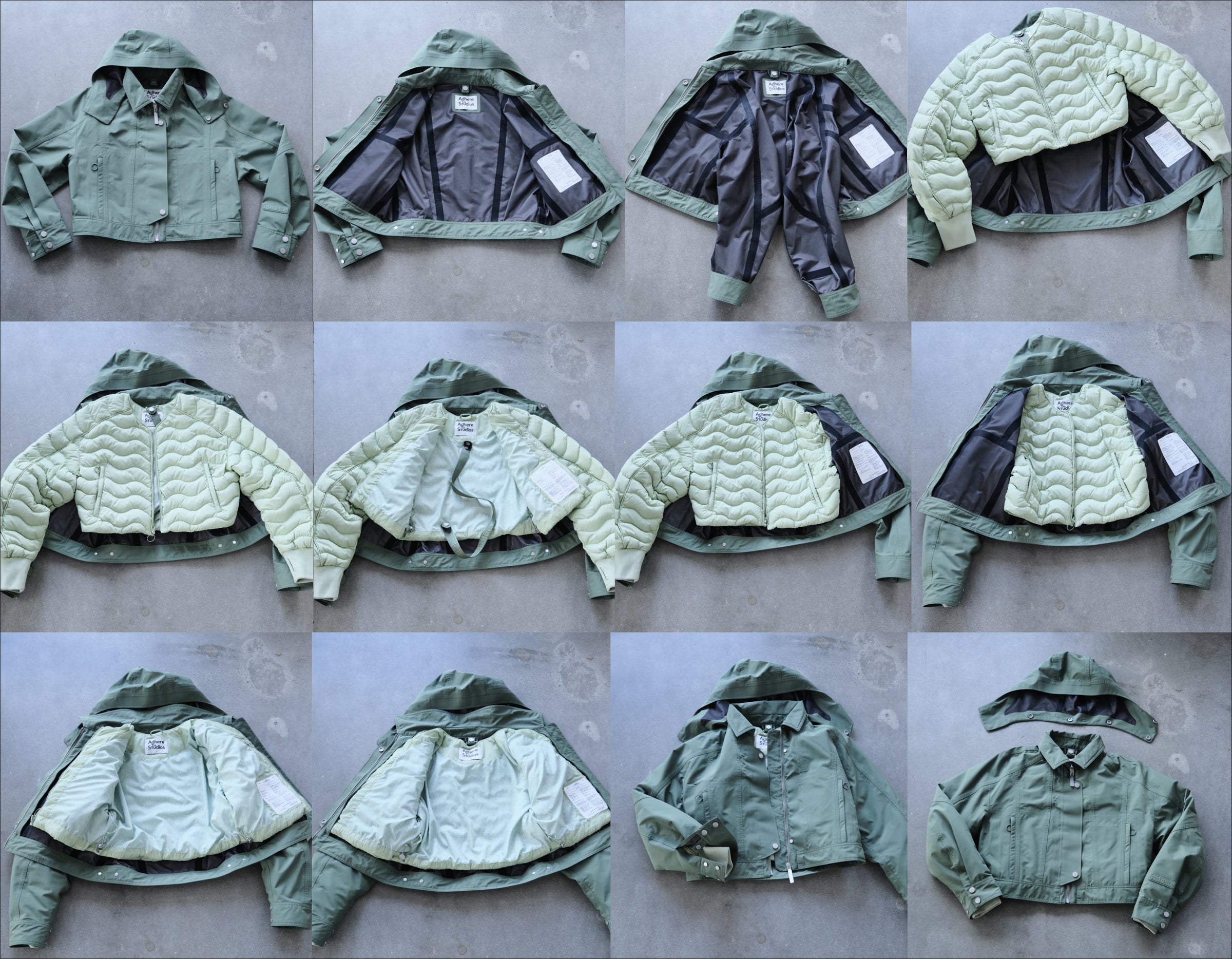
Don’t be afraid to experiment with different layering combinations and accessories to express your unique style and personality - keeping in mind the essential layers and the importance of quality materials, of course.
Now that you've mastered the art of layering, you'll be well-prepared to take on the harshest winter weather in style and comfort. With the right combination of base, middle, and outer layers, you'll be able to stay warm and cozy, even when the snow is falling and the temperatures are dropping.

